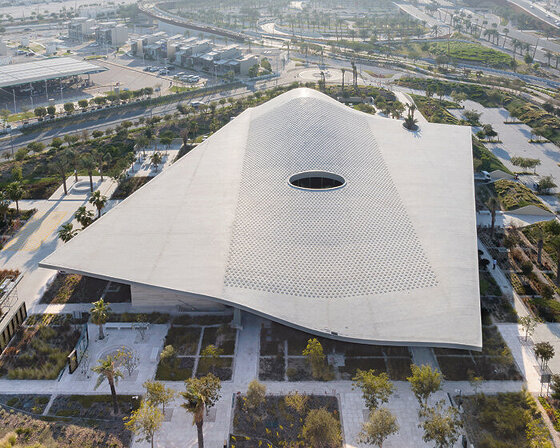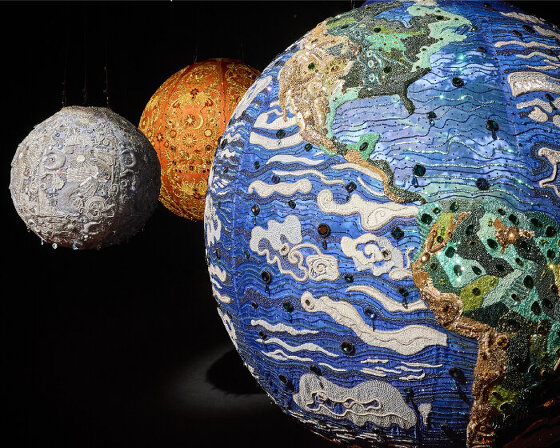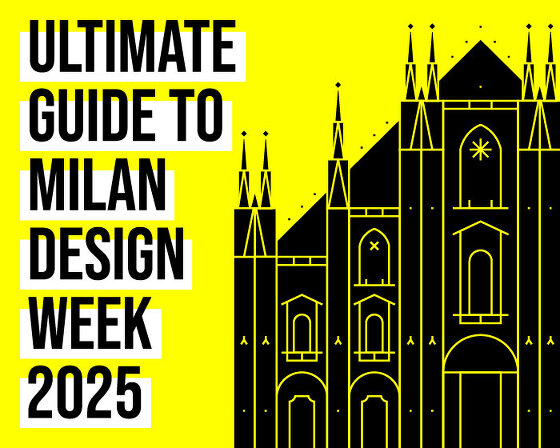main entrance
this assignment required, in addition to the usual complexity of renovating a building more than 60 years old, a change of use to accommodate a completely different function to that for which it was originally created. although not a listed building, the structure has a unity and a style characteristic of its period of 20th-century architecture, as well as a presence in the urban fabric which it was decided should be preserved as much as possible. the client, who is not the building owner, required a light-touch intervention on a limited budget which, however, was not required to be substantial or long-lasting. instead, a high-impact conversion from minimal modifications to the structure, envelope or divisions was required in order to create the optimum architectural configuration of spaces for professors and especially students of the istituto europeo di design to carry out their creative work. in addition, it was essential that any additions could be removed without too much trouble.
the building is composed of four bays aligned along three streets and a party wall, each having various uses and levels, from basement, ground, first and second floors to, in one bay, several mezzanine floors and a small roof terrace. this configuration leaves a small courtyard, originally used for loading, which acts as the central nucleus of the building. this had to be remodelled in order to overcome the change in level to the internal area, establish continuity of the ground surface with that of the city outside and at the same time make it accessible. the solution was to provide flooring in the form of a wooden platform broken up into several levels on a slope, with a central ramp gently uniting the street level with the ground-floor interior. a regulatory external fire-escape staircase is incorporated into the courtyard space, typifying the industrial character which the client wished to preserve. the staircase ascends without pillars, is built into the main structure and is suspended above the courtyard. balconies have also been added to the other metal features, thanks to existing space becoming free. steel and wood are therefore the materials typically used for the adaptations.
the largely open-plan layout of this industrial building facilitated the creation of internal divisions, all undertaken through lightweight construction. in the lower ground floor a corridor was created with classrooms not requiring much natural light organised around the perimeter. on the upper floors adjoining the courtyard, a cloister-style configuration was employed with perimeter classrooms situated to benefit from natural light. the ground floor is divided into a main reception, lecture theatre and fashion workshops. in order to improve the energy performance of the existing building, an internal cavity layer was created for the external walls, reproducing rather than replacing the external door and window frames in order to maintain the building’s characteristic style. lacking the same stylistic importance, those facing the courtyard in the interior were replaced.
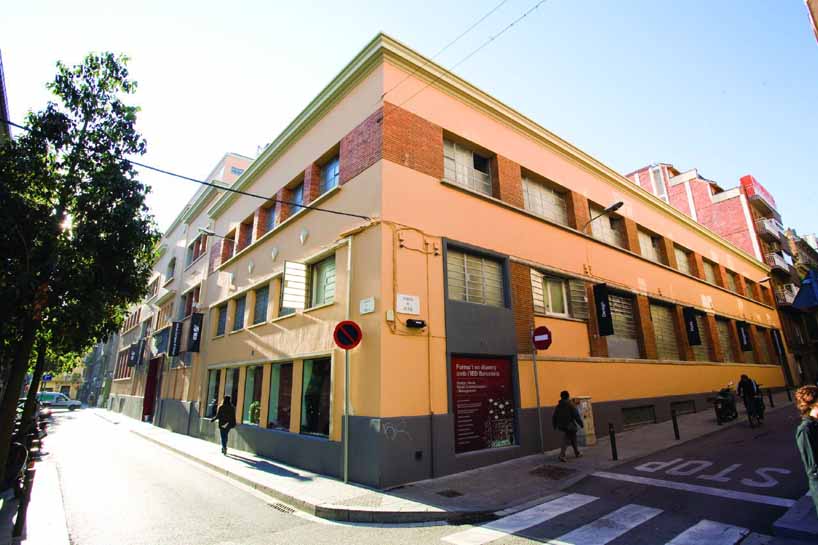 street corner view
street corner view
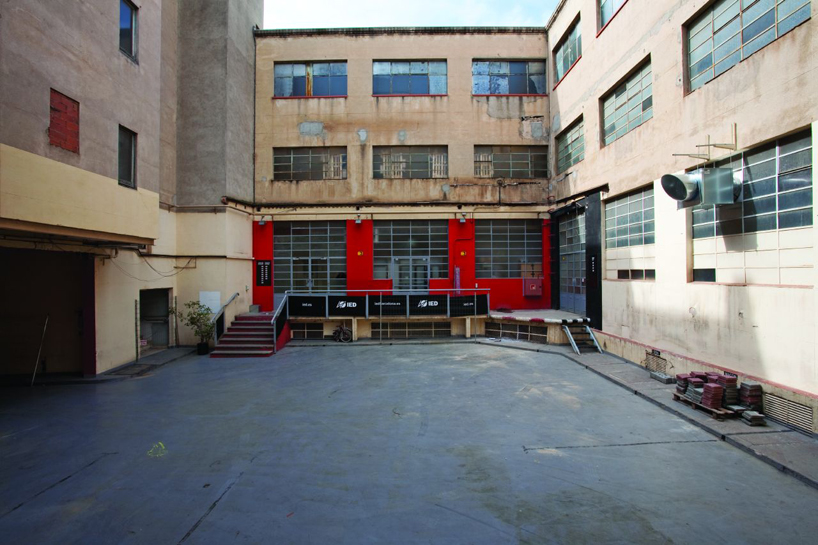 former state 1
former state 1
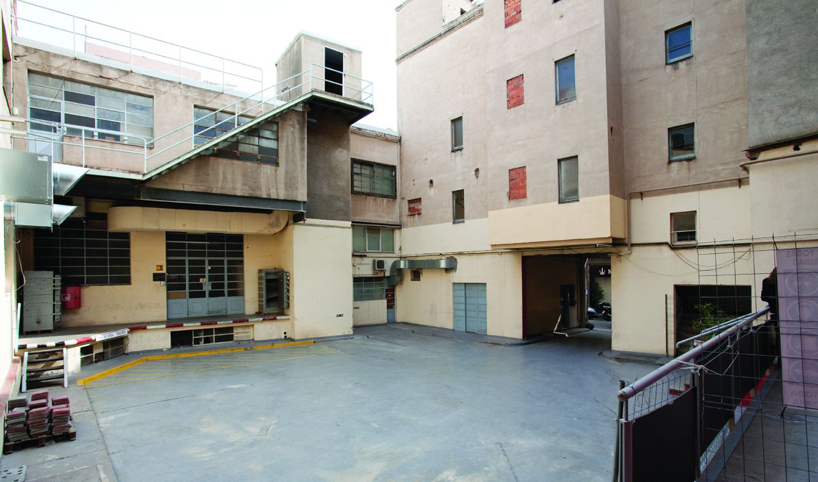 former state 2
former state 2
 central courtyard top view
central courtyard top view
 staircase day view
staircase day view
 staircase night view
staircase night view
 main hall
main hall
 classrooms corridor
classrooms corridor
 second level open space
second level open space
 ground floor plan
ground floor plan
 main section
main section
project info:
design team: franconi gonzalez architects | cristiano franconi, rodrigo gonzález + proa solutions sl. | francesc aragall + (first phase with alessandro scarnato) location: gracia area, barcelona, spainish collaborators: arnau boix, caterina dominioni, gonzalo fernández, mirko usai direction of works: franconi gonzalez architects | cristiano franconi, rodrigo gonzález operations management: alarona técnics scp. | roger bacells, xavier borda structural engineering: area5 oficina técnica jordi velasco building services engineering: teyle técnica y legalización sl. | georgina martinez lighting consultancy: artemide construction permits: teyle técnica y legalización sl. | georgina martinez construction: constructora lluis casas sa. photography: la fotografica project planning: 2008-2009 (first phases) | 2010-2011 (second phase) construction: 2010 (first phases) | 2011 (second phase) plot area: 1677.16 m2 floor area: 5085 m2 works budget: € 3,590,823 materials: laminated-profile structural steel, expanded steel mesh, brickwork, plasterboard partitions and u-profile glass panels, paving and false ceiling, wooden platform, continuous magnesite paving, thermal-acoustic false ceilings with “celenit” paneling and single-layer exterior cladding
designboom has received this project from our ‘DIY submissions’ feature, where we welcome our readers to submit their own work for publication. see more project submissions from our readers here



